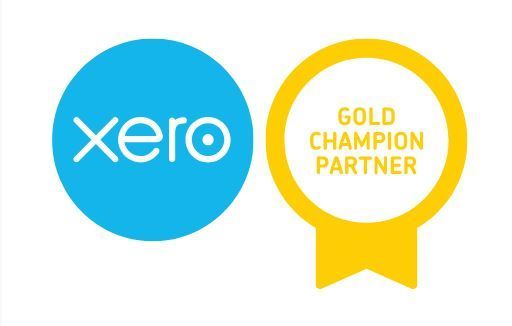Cyclone Alfred & Disaster Recovery Grants for Small Businesses
Small Businesses Affected by Cyclone Alfred: You Could Be Eligible for $25,000 in Disaster Recovery Grants
If your small business was directly affected by Tropical Cyclone Alfred and Associated Severe Weather (1–16 March 2025), you may be eligible for up to $25,000 in financial assistance through the Exceptional Disaster Assistance Recovery Grant (EDARG).
This is not a loan. It’s a non-repayable grant to help cover costs for clean-up, damage repairs, and getting your business back on its feet.
🧾 What Can You Use the Grant For?
This grant can help cover things like:
- Hiring or purchasing clean-up equipment or materials
- Safety inspections by a licensed tradesperson
- Removing and disposing of debris or spoiled goods
- Repairs to damaged buildings (non-residential)
- Replacing damaged stock or business equipment
- Leasing a temporary premises if yours is unusable
- Wages for staff assisting with clean-up or reinstatement
💸 How It Works
You can apply for:
- Up to $5,000 initially (with quotes, tax invoices, or receipts)
- Up to a further $20,000 in one or more subsequent applications (with proof of payment like receipts + bank statements)
Total max grant = $25,000.
✅ Who's Eligible?
To apply, you must:
- Be a small business owner with an ABN held before the disaster
- Have suffered direct physical damage
- Be in an eligible local government area (e.g. Sunshine Coast, Noosa, Gympie, Brisbane, etc.)
- Intend to resume business in the same affected area
📍Full list of eligible LGAs →
📂 What You’ll Need:
- 5–10 clear, high-quality photos of damage
- Tax invoices, quotes, or receipts (showing supplier ABN, business name, date, and what was purchased)
- Evidence of payment (bank statement or transfer confirmation)
- Proof your premises is in an eligible area (e.g. rates notice or lease)
- Photo ID (e.g. license + Medicare card)
- Insurance policy and claim outcome (if insured)
📌 Application Tips PDF →
📌 Interpretation Guide →
💻 How to Apply:
- ✅ Complete the Small Business Application Form
- ✅ Submit your documents via the QRIDA Application Portal
🗓️ Deadline: Applications close 2 April 2026
📞 Need help from QRIDA?
Call: 1800 623 946 or
email: contact_us@qrida.qld.gov.au
IMPORTANT:
This blog is designed to help you DIY your application confidently. Please read it thoroughly before calling us — everything you need is here ❤️






